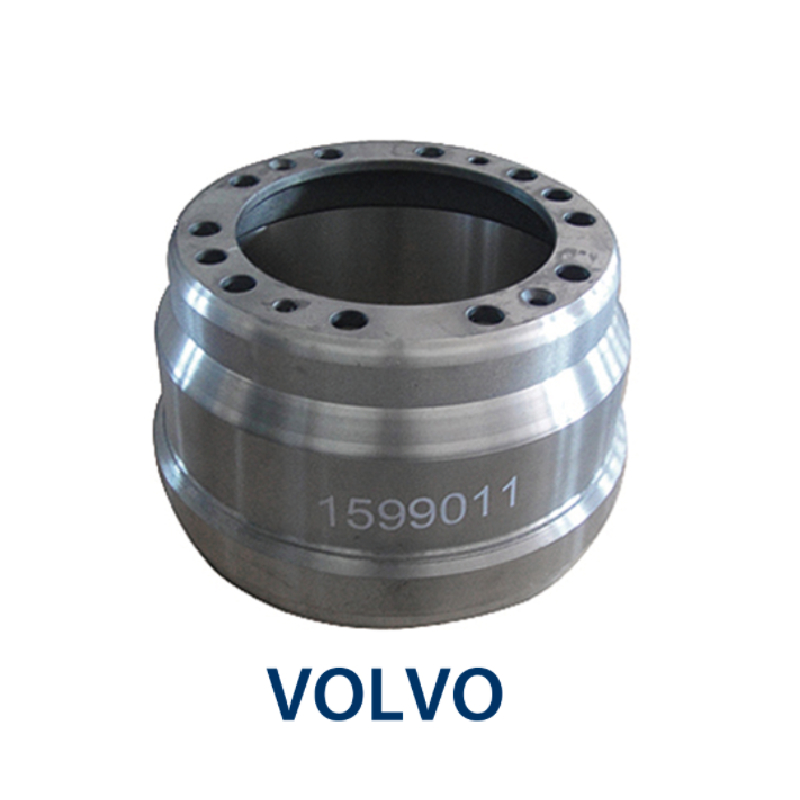12 月 . 04, 2024 09:42 Back to list
self adjusting brake drums
Self-Adjusting Brake Drums An Innovation in Automotive Safety
In the automotive industry, the safety and performance of vehicles are paramount. Among the critical components influencing braking efficiency is the brake system, particularly drum brakes, which have long been a staple in many vehicles due to their reliability and effectiveness. An exciting innovation in this space is the self-adjusting brake drum, a technology designed to enhance the functionality and safety of vehicles while also reducing maintenance-related issues.
Understanding Brake Drums
Before delving into the advantages of self-adjusting brake drums, it's essential to understand what brake drums are and how they work. Drum brakes consist of a cylindrical drum that rotates with the wheel and brake shoes lined with friction material. When the brake pedal is pressed, hydraulic force pushes the shoes against the inner surface of the drum, creating friction that slows or stops the vehicle. Despite their effectiveness, traditional drum brakes have a notable drawback as brake shoes wear down over time, they require manual adjustment to maintain optimal performance.
The Need for Self-Adjustment
Wear and tear on brake components can significantly impact a vehicle's braking efficiency, leading to potentially dangerous situations. In traditional systems, drivers often don't realize that their brakes are no longer functioning optimally until they need to engage them, which can lead to longer stopping distances and increased risk of collision. Regular maintenance checks are essential, but not everyone adheres to a consistent schedule. This is where self-adjusting brake drums come into play—offering a solution that minimizes the need for manual adjustments and enhances overall safety.
How Self-Adjusting Brake Drums Work
Self-adjusting brake drums are engineered with built-in mechanisms that automatically adjust the position of the brake shoes as they wear down. When the driver applies the brakes, the adjustment mechanism engages, compensating for the loss of material from the shoes. This process occurs silently and seamlessly, often going unnoticed by the driver but significantly enhancing the performance and safety of the braking system.
There are several types of self-adjusting mechanisms. Some designs utilize a ratcheting system that moves the shoes closer to the drum with each brake application. Others may employ an automatic lever system that triggers adjustments based on the degree of wear. Regardless of the design, the fundamental goal remains the same to maintain consistent braking pressure and reduce the system's reliance on manual adjustments.
self adjusting brake drums

Advantages of Self-Adjusting Brake Drums
1. Improved Safety The most significant benefit of self-adjusting brake drums is the enhanced safety they offer. By ensuring that brake performance remains consistent over time, these systems minimize the chances of brake fade and reduce the risk of accidents.
2. Reduced Maintenance Self-adjusting mechanisms lessen the frequency and necessity for manual brake adjustments. This not only saves time for vehicle owners and mechanics alike but also leads to cost savings over the vehicle's lifespan.
3. Increased Longevity of Components Consistent contact between the brake shoes and the brake drum minimizes uneven wear, potentially extending the lifespan of both components compared to traditional braking systems.
4. Enhanced Driving Experience Drivers benefit from a smoother braking experience without the worry of degraded brake performance. This can lead to increased confidence on the road, particularly in emergency braking situations.
5. Environmental Impact With better-maintained brake systems, there is less wear and tear on materials, contributing to less pollution and resource wastage.
Conclusion
Self-adjusting brake drums are a remarkable advancement in automotive technology that significantly enhances vehicle safety, reduces maintenance requirements, and improves the overall driving experience. As automotive manufacturers continue to innovate, we can expect that more vehicles will integrate these systems, ensuring that drivers are better protected and that vehicles sustain optimal performance over time. Recognizing the importance of such advancements is crucial as we navigate an increasingly complex automotive landscape focused on enhanced safety and reliability.
-
Brake Drum for Kamaz Trucks Durable OEM Replacement & High Performance
NewsMay.30,2025
-
Brake Drum Man High-Quality Drum Brake & Shoe Solutions
NewsMay.30,2025
-
High-Performance Brake Drum for Kamaz Trucks Durable Drum Brake Components
NewsMay.29,2025
-
Brake Drum Man High-Quality Drum Brake Drums & Brake Shoes
NewsMay.29,2025
-
Brake Drum MAZ High-Performance & Durable Replacement Parts
NewsMay.29,2025
-
heavy truck brake drums
NewsMar.07,2025
